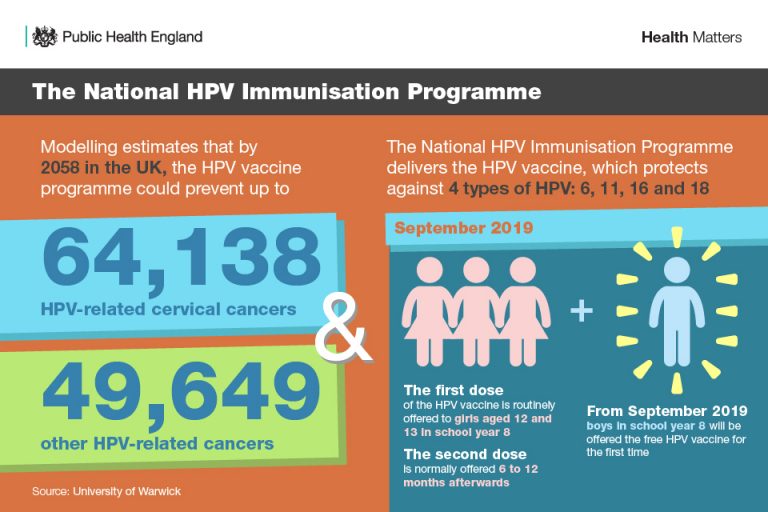The number of people going for cervical screenings (smear tests) in the UK has fallen in the last 10 years.
The off-putting name is just one of the reasons for the fall in those opting in to their smear tests.
It is a notoriously uncomfortable experience and for many, it is a case of not knowing.
A UCL study found more than a quarter of women in the UK who are overdue for their smear test are also unaware that they exist.
Cervical Cancer Prevention Week (17-23 January 2022) focused on raising awareness about cervical screening and the potential outcomes.
As the number of people having smear tests in the UK has fallen, more is being done to raise awareness.
Video from Cancer Research UK
Smear tests are offered to all people with a cervix aged 25 – 64.
Those eligible are invited every three years from ages 25-49, and every five years thereafter.
The smear test is neither pleasurable nor compulsory.
39-year-old Chloe Newson, who works in the aviation industry and lives in south west London, had a memorable experience 20 years ago that has permanently put her off.
Newson detailed: “It was just before my 20th birthday and I had been on the pill for three months.
“I had a doctor’s appointment to get a further three months.”
After taking her blood pressure, the doctor called the nurse saying there needed to be further checks.
Newson continued: “I had to undress completely and put a surgical gown on. I had my breasts examined, followed by a cervical smear that was was incredibly painful.
“So much that I winced.
“I then had to have an internal examination by the doctor which, again, was very uncomfortable not to mention highly embarrassing.”
When asked if, knowing the reason for the smear test, she would encourage others to go for theirs, Newson suggested an alternative: “I would encourage someone to do a simple home swab that some areas of London have introduced.”
Newson is one of many who had an awful smear test experience – something that most would consider an uncomfortable, albeit necessary, evil at the best of times.
There has, however, been a 40% reduction of new cases of cervical cancer since 1988 and a continued 7% fall each year.
This can be attributed to both the smear, which detects abnormal cells outside the cervix and can be treated before cancer develops, and the HPV vaccine.
The latter is typically given in three doses and during school.
According to bsccp, though the vaccine protects against just over 70% of high-risk HPV types, just 80% take it up.

Infographic from Public Health England
80% may seem like a lot, but coupled with only 72.2% going for their smear tests, it leaves many who may have abnormal cells at risk of abnormalities developing into something more sinister.
Perhaps there are more ways to encourage people to get involved as it’s suggested that around 2,000 lives are saved each year due to the smear.
Photo credit: Anton Uniqueton via Pexels




